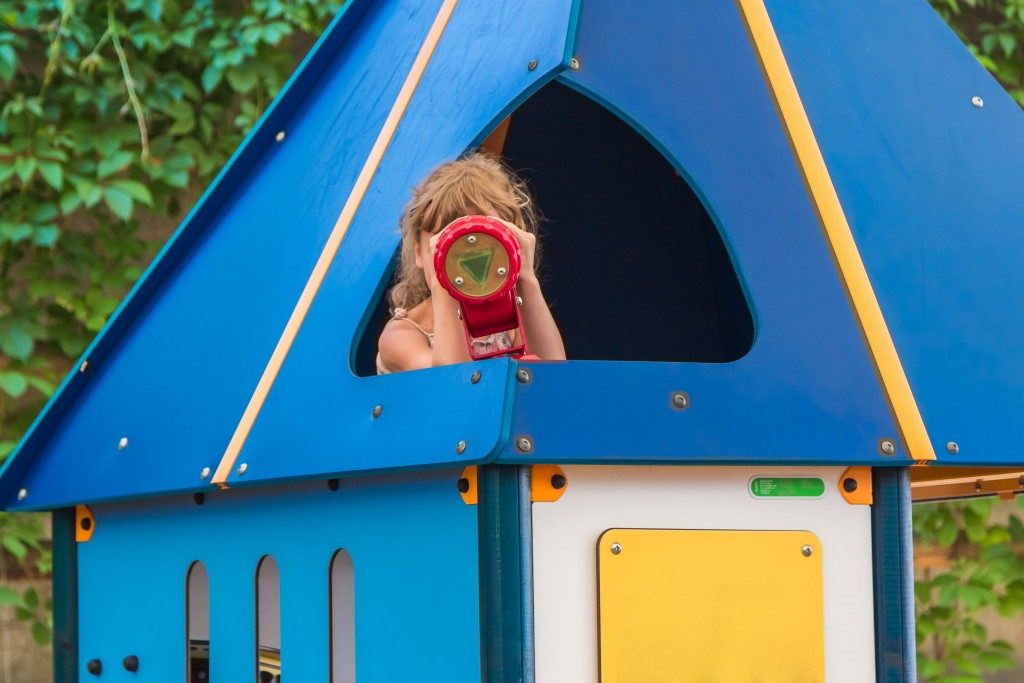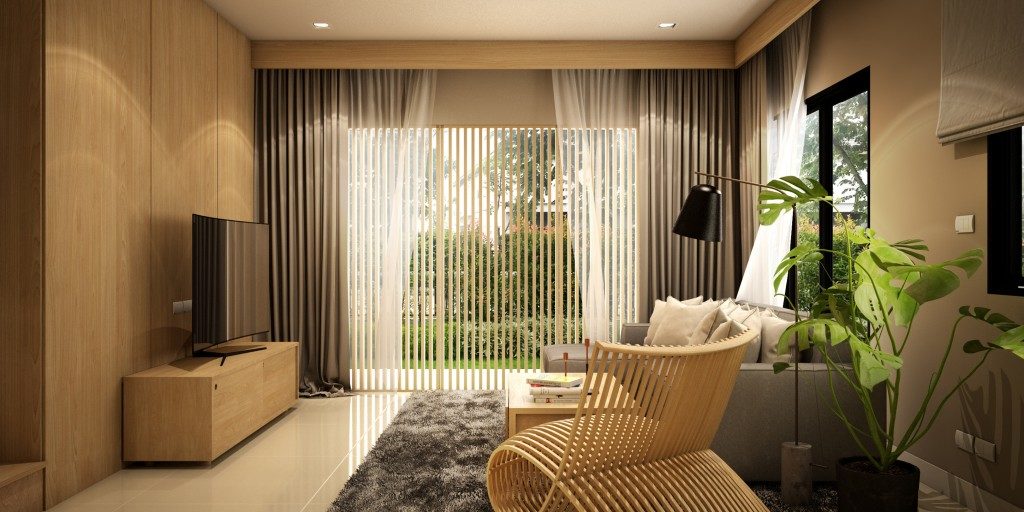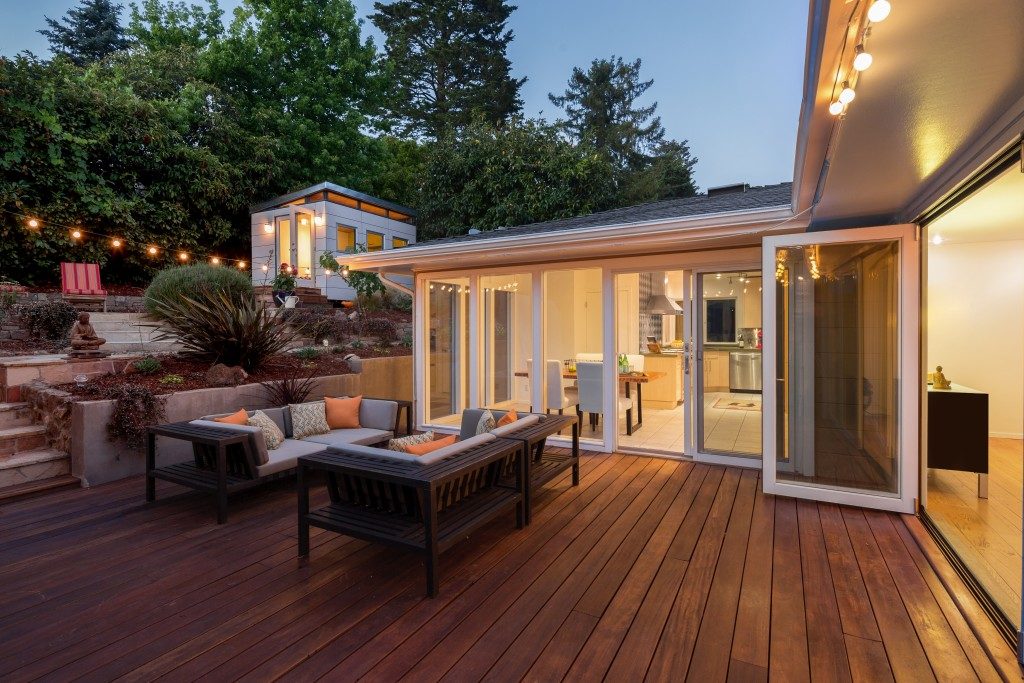Multiple studies now highlight the benefits of play. From reducing the risks of obesity to improving their social skills, playtime is sacred for the kids.
New research, however, points out one more thing: it’s not about how many play equipment you have. It’s all about choosing the right one.
The Benefits of Play among Children
When it comes to education, more countries are looking up to Finland. Their structure defies collective experience and knowledge. For example, formal education doesn’t start until they’re seven years old.
It doesn’t mean the little ones don’t go to school. Preschool still begins at around six years old. However, children spend most of their early years doing one thing: play.
For them, a child isn’t ready to attend school until they’re seven years old. Instead, the years below that are an excellent time to nurture their creativity, health and well-being, and social skills. Play can even teach them simple but critical tasks such as following instructions or sharing. All of these can serve as strong foundations to succeed throughout their remaining school years.
That’s not all. Playtime keeps a child healthy, helping countries like Australia overcome a growing problem. Childhood obesity affects one in four kids, according to the Australian Institute of Health and Welfare (AIHW).
Obesity, regardless of a person’s age, is one of the leading risk factors for chronic diseases. These are diabetes, heart disorders, chronic kidney disease, and arthritis. It may also boost the odds of certain types of cancer.
Being overweight or obese while still young, though, can mean these conditions can develop way early in life. If no intervention happens, it can lead to premature death or more years of disability.
Play is one of the best ways to keep a child active. What makes it even better is it can be flexible or can vary, reducing the feelings of boredom.
What Kind of Equipment Do You Need?

Because of the popularity of the concept of playtime, more schools and parents are investing in playthings and equipment. That’s not entirely bad, but a new study suggests all you need might be one or two like a climbing tower playground.
A 2019 research by the University of Queensland revealed that children who had access to fixed play equipment and fewer gadgets were more likely to follow physical activity guidelines. These types of equipment can refer to slides and swings.
To come up with this conclusion, they studied four types of play equipment. Techies, Sliders, Plenties, and Batters. Among the four categories, Batters and Techies had the lowest level of physical activity. These pieces are also portable items like bats and jumping ropes.
The other two used fixed play equipment, but they differed in the number of playthings present. For example, Plenties averaged eight types of equipment for active play. Both registered higher exercise level, but children were just as active whether they had six or eight types of play equipment.
The bottom line is this: children, especially young ones, need a lot of time to play. But parents and schools don’t need to spend a lot of money to stimulate them to be active.







